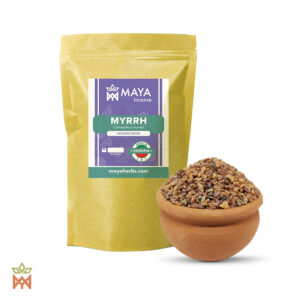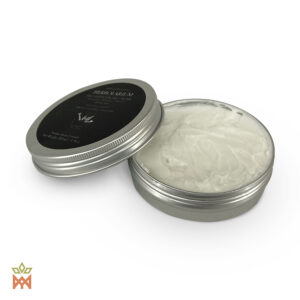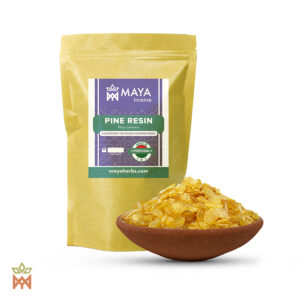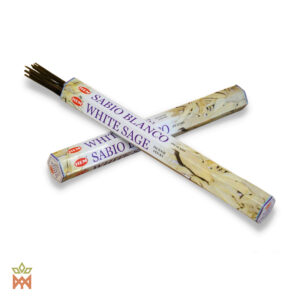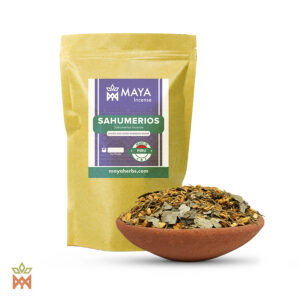Natural incense: Pure essential oils and sacred Palo Santo, aromatic resins, herbs and incense sticks. Our selection offers traditional, sustainably sourced incense products to elevate your rituals, meditation, and well-being.
Showing 61–72 of 78 results
- Price range: € 5,00 through € 70,00 Incl. VATSelect options This product has multiple variants. The options may be chosen on the product page
- € 31,70 Incl. VATSelect options This product has multiple variants. The options may be chosen on the product page
- € 59,00 Incl. VATSelect options This product has multiple variants. The options may be chosen on the product page
- € 68,00 Incl. VATSelect options This product has multiple variants. The options may be chosen on the product page
- € 70,75 Incl. VATSelect options This product has multiple variants. The options may be chosen on the product page
Showing 61–72 of 78 results
Incense: Traditional, Pure Scents for Body, Mind, and Spirit
We invite you to explore the rich world of incense – from traditional resins and essential oils to sacred woods like Palo Santo. For thousands of years, incense has been used in rituals for spiritual, aromatic, and healing purposes. Our carefully selected products are sourced with respect for nature and the cultures that produce them. Each scent brings a piece of ancient wisdom directly to your home.
Our Selection of Incense and Their Uses
Essential Oils
Our essential oils are pure and ideal for aromatherapy, spiritual rituals, or home scenting. Discover unique oils like Muna (Peruvian mint), Patchouli, and Rosewood (Palo de Rosa), each traditionally valued for their calming and healing effects. These essences are sourced from organic farms and sustainable wildcrafting, offering you a powerful way to harmonize your surroundings and personal well-being.
Floral Waters
Our floral waters are gentle, water-based fragrances that are perfect for subtle home scenting, skincare, and ritual use. They contain the essence of flowers in a mild form, ideal for those who wish to experience the benefits of plants and flowers in their gentlest form.
Herbs
Incense herbs like sage, juniper, and lavender have been used for centuries to cleanse and harmonize spaces and to support spiritual practices. Maya Ethnobotanicals offers a curated selection of dried herbs, perfect for burning or for use in rituals.
Incense Sticks
Our incense sticks are hand-rolled and made from natural ingredients without synthetic additives. Each scent – from patchouli and sandalwood to lavender – provides long-lasting, harmonious effects to support relaxation, meditation, and overall well-being.
Resins
Incense resins like frankincense, myrrh, and copal are among the oldest and most valued forms of incense. These resins are traditionally burned on hot coals, creating an intense, purifying smoke that is ideal for deep spiritual and meditative practices. Our resins are ethically sourced, bringing the spiritual wisdom of the cultures that use them into your space.
Smudges
Smudge bundles are made from dried herbs like white sage and are used for energy clearing and spiritual rituals. Smudging is a tradition upheld by indigenous cultures, believed to help dispel negative energy and create a peaceful atmosphere.
Palo Santo
The sacred wood Palo Santo is a unique form of incense from South America, renowned for its calming and clearing properties. At Maya Ethnobotanicals, we offer only sustainably harvested Palo Santo from Ecuador and Peru. This sacred wood is traditionally used in cleansing rituals to promote peace and meditation.
Traditional Significance of Incense
Incense has been an essential part of spiritual and religious practices across various cultures worldwide for thousands of years. At Maya Ethnobotanicals, we honor this tradition by offering a selection of high-quality incense products sourced with respect for the environment and the communities that create them. Our incense is free from synthetic additives and made exclusively from pure, natural ingredients, gathered with respect for tradition and nature.
Our collection includes a variety of forms of incense, each with its own effects and methods of use. Experience the diversity and deep spiritual significance of incense with our offerings – a true gift of nature to bring peace, clarity, and harmony into your life.
What is Incense?
From ancient rituals to modern practices, incense has been used for its aromatic qualities, spiritual significance, and therapeutic benefits. In this comprehensive exploration, we delve into the rich history, diverse religious and cultural uses, and various forms of incense, from smudging to incense sticks and resins.






